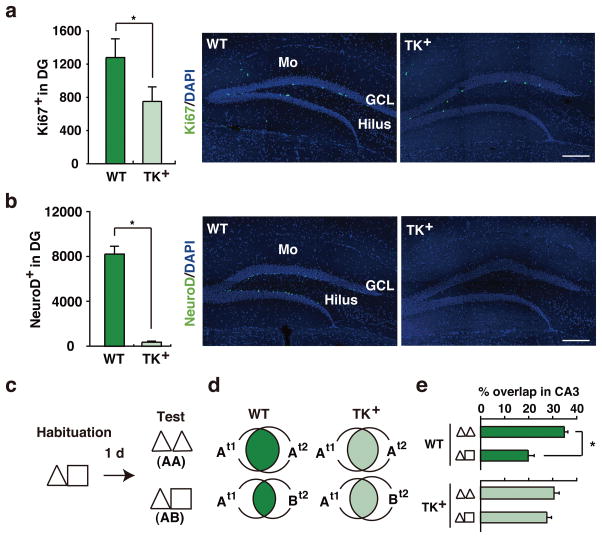Figure 2. Genetic suppression of adult neurogenesis impairs hippocampal coding of similar contexts.
(a) Ki67+ and (b) NeuroD+ staining was reduced in GAN-treated TK+ compared to WT mice ([Ki67: t15 = 3.20, p < .01; WT, n = 9, TK+, n = 8]; [NeuroD: t9 = 10.30, p < .001; WT, n = 6, TK+, n = 5]). Scale = 200 μm. Mo = molecular layer, GCL = granule cell layer. c. Experimental design. Mice were habituated to contexts A and B, and then either tested in context A consecutively (AA; WT, n = 4, TK+, n = 4) or context A then context B (AB; WT, n = 5, TK+, n = 4). d. Venn diagrams indicating populations of CA3 cells activated either by first (t1), second (t2) or both (overlap, shaded) context exposures, as reflected by arc expression. e. Percent of CA3 cells activated by both context exposures in GAN-treated WT vs. TK+ mice (Genotype × Context interaction, F1,13 = 8.28, p < .05; WTAA vs. WTAB, t7 = 4.91, p < .001). In these graphs, error represents SEM, and significantly different contrasts are marked by * (where p < .05).

